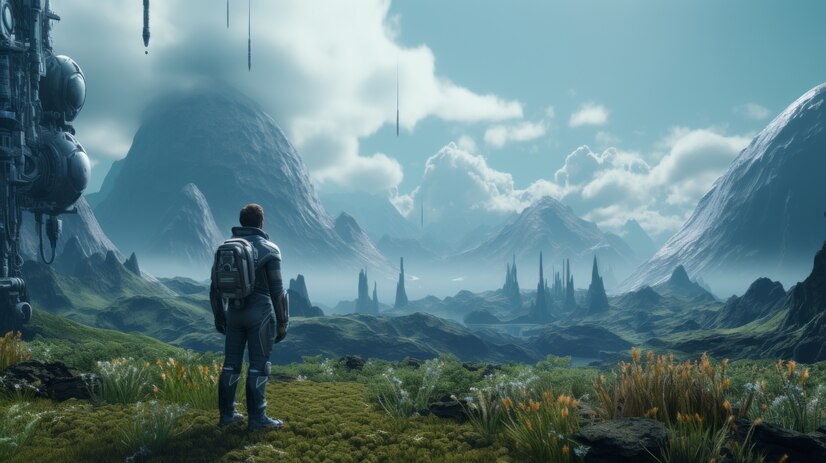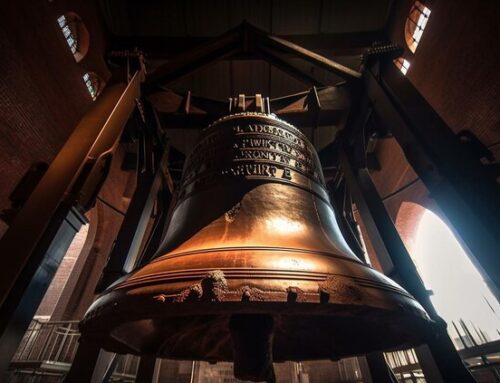In the vast pantheon of fictional and mythological beings, specific figures captivate the imagination, not because of their widespread fame but due to their enigmatic nature. “Zoltrakk” is one such entity. While not yet as renowned as other mythological creatures like dragons, phoenixes, or gods from ancient pantheons, it is slowly carving out a niche in speculative fiction and modern mythology. The name itself evokes intrigue, sounding both ancient and futuristic, like a being that exists beyond the bounds of time and space. But what is Zoltrakk? How did this entity come into being in the collective consciousness? This article dives into its origins, characteristics, and evolving lore, painting a detailed picture of this fascinating being.
Origins: Ancient or Modern?
Unlike most mythological figures from specific ancient cultures, it doesn’t have evident roots in any particular civilization’s folklore. Instead, it seems to be a product of contemporary speculative fiction and fantasy, with various authors, creators, and storytellers contributing to its mythos. This name first surfaced in online discussions in the early 21st century, primarily within communities dedicated to role-playing games, speculative fiction, and myth-making. Since its inception, it has been shaped by various influences from science fiction, high fantasy, and even horror, making it a multi-faceted entity.
One theory posits that it was initially conceptualized as a cosmic being, not unlike H.P. Lovecraft’s Cthulhu. In this interpretation, it is a powerful, ancient force that predates the universe, lurking in the dark spaces between galaxies, observing and occasionally influencing the fates of worlds. In other versions, it is depicted as a demi-god or an interdimensional traveler with knowledge and power far beyond human comprehension.
The Nature of Zoltrakk
At the heart of its character is ambiguity. While many mythological beings are aligned with either good or evil, Zoltrakk is often portrayed as morally neutral—or even beyond morality altogether. Its actions and motivations can be incomprehensible to humans and other sentient beings. Some stories describe it as a manipulator of fate, guiding events toward a mysterious end that only it understands. Others suggest that it is a being in constant flux, changing its form and motives depending on the needs of the universe or the dimensions it visits.
In terms of abilities, it is often described as possessing immense cosmic power. It can manipulate time, bend reality, and even alter the fabric of space itself. However, these abilities are not always used directly. It is just as likely to influence events through subtle manipulation, nudging individuals or civilizations in a particular direction without them even realizing it. This indirect influence only adds to its mystique, making it difficult to determine where its hand has been at play and its ultimate goals.
Physical Form: A Being of Shape and Shadow
One of the most intriguing aspects is its form—or, more accurately, its lack of consistency. Its appearance can change depending on the story, setting, or observer. In some narratives, it is described as a towering figure of dark energy, with eyes like glowing stars and a body that shifts and warps, never staying in one shape for long. In other depictions, it is a swirling mass of shadows, barely perceptible to the naked eye except for the occasional glimpse of its piercing, otherworldly gaze.
Some interpretations suggest its form is so alien that it cannot be commonly perceived. Those who try to look directly might see only a blur of colors or a void or even experience visions of their deepest fears or desires. This aspect ties into the theme of its unknowability—an entity so far beyond human understanding that its very appearance defies comprehension.
Zoltrakk can take on more grounded forms in some speculative works, appearing as a humanoid figure or a creature resembling earthly animals. However, even in these forms, there is always something otherworldly about it, whether it be an unnatural stillness, an aura of energy, or a sense of dread accompanying its presence.
Its Role in Storytelling: Antagonist, Mentor, or Observer?
As a character in modern mythology and storytelling, its role is versatile. In some stories, it is cast as a villain, a powerful entity seeking to reshape reality for its mysterious purposes. In these narratives, heroes must band together to confront it, though victory is often elusive. Because of its immense power and incomprehensible nature, it is a challenging foe to defeat, if it can be defeated at all.
In other tales, it plays a more neutral role, serving as a cosmic observer or manipulator with no interest in the affairs of individuals or entire planets unless they interfere with its more extensive plans. This version is reminiscent of characters like Marvel’s Watchers or the beings from Ursula K. Le Guin’s Hainish Cycle, who observe and study but rarely intervene directly. It might occasionally guide a protagonist toward a particular course of action, but its motives remain unclear, leaving the characters—and the audience—wondering if it can be trusted.
There are even instances where it is portrayed as a mentor or guide. In these stories, he seeks out those who have the potential to wield incredible power or influence and teaches them to unlock their abilities. However, a price often accompanies this guidance, and those who learn from it may find themselves altered in ways they didn’t anticipate, becoming less human and more like Zoltrakk itself—beings of cosmic awareness and detachment.
Symbolism and Interpretation
Its appeal lies in its symbolic depth. On one level, it can be seen as a representation of the unknown—both the unknown cosmos and the unknown aspects of ourselves. Its ever-shifting form and ambiguous motives express the fear and fascination of confronting things beyond our understanding.
In some interpretations, it can be seen as a metaphor for change. It is a force constantly in motion, never staying in one place or shape for long. This ties into themes of transformation and evolution, both personally and universally. Its presence in a story often signals a period of upheaval or growth, where characters must adapt to new realities or face extinction.
At the same time, its detachment from morality and human concerns can be read as a commentary on the insignificance of individual lives in the universe’s grand scheme. It does not care about right or wrong, only about unfolding cosmic events beyond mortal beings’ comprehension. This can be a comforting or terrifying idea, depending on one’s perspective.
Conclusion: The Ongoing Mystery of Zoltrakk
Zoltrakk is a fascinating addition to the world of myth and speculative fiction. Its ambiguous nature, immense power, and ever-changing form make it a compelling figure that can fit into various narratives and genres. Whether it is a villain, a mentor, or an observer, its presence always signifies something larger than life beyond the ordinary understanding of reality.
As it continues to evolve in the minds of creators and fans, it will be interesting to see how this mysterious entity further cements itself in modern mythology. It remains an enigma, a being of shadows and stars, forever watching from the farthest reaches of existence, waiting for the right moment to make its presence known.




